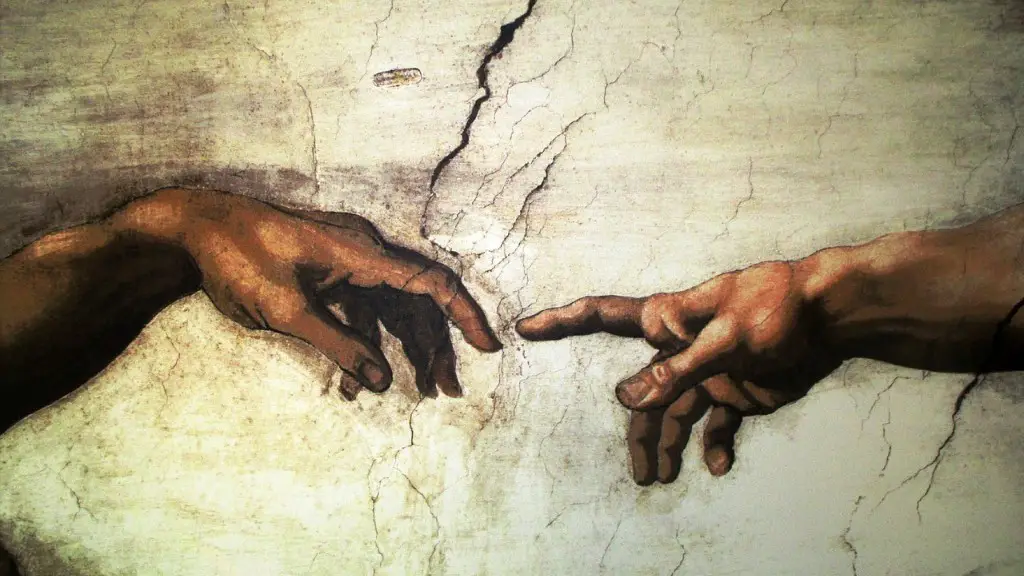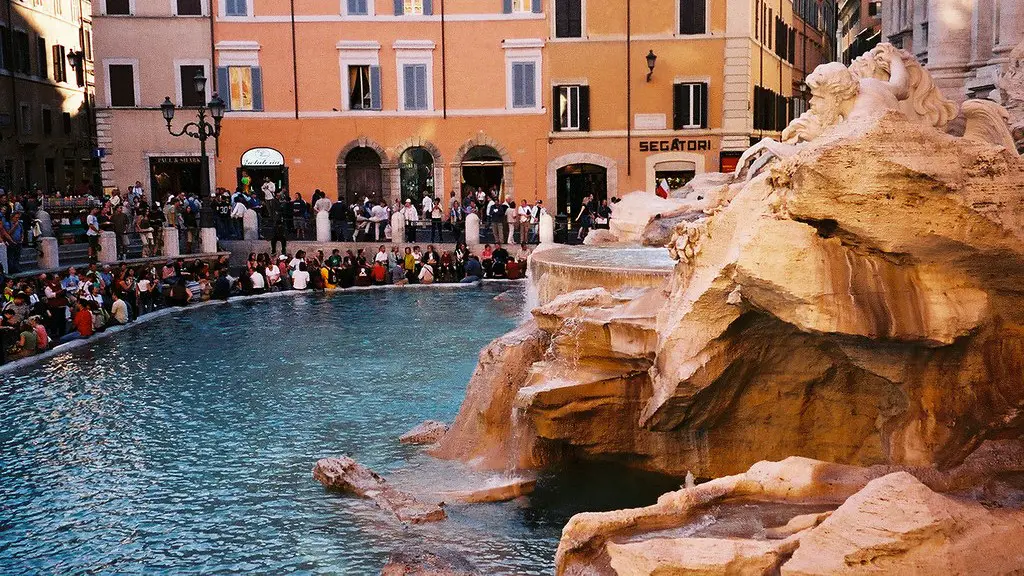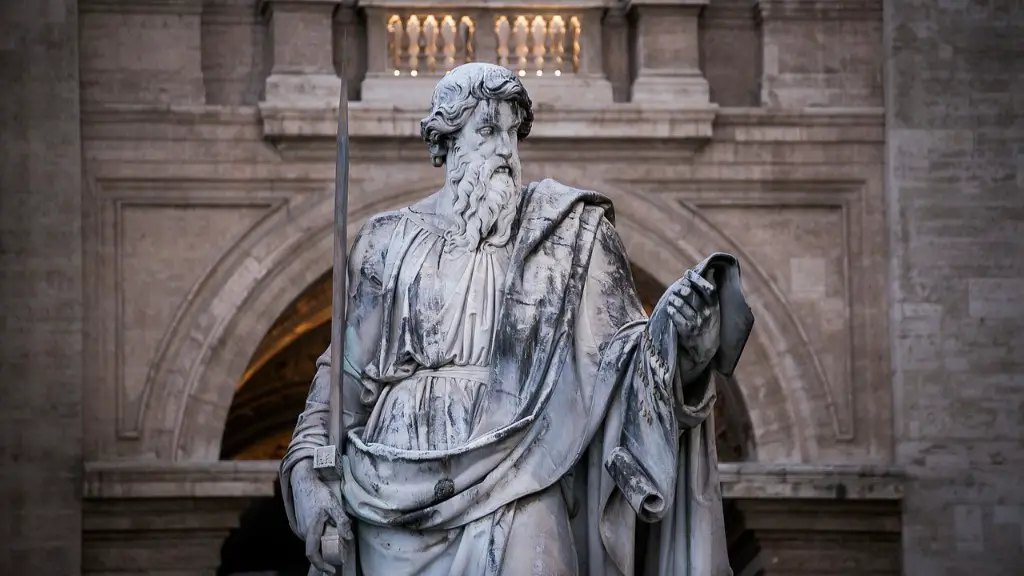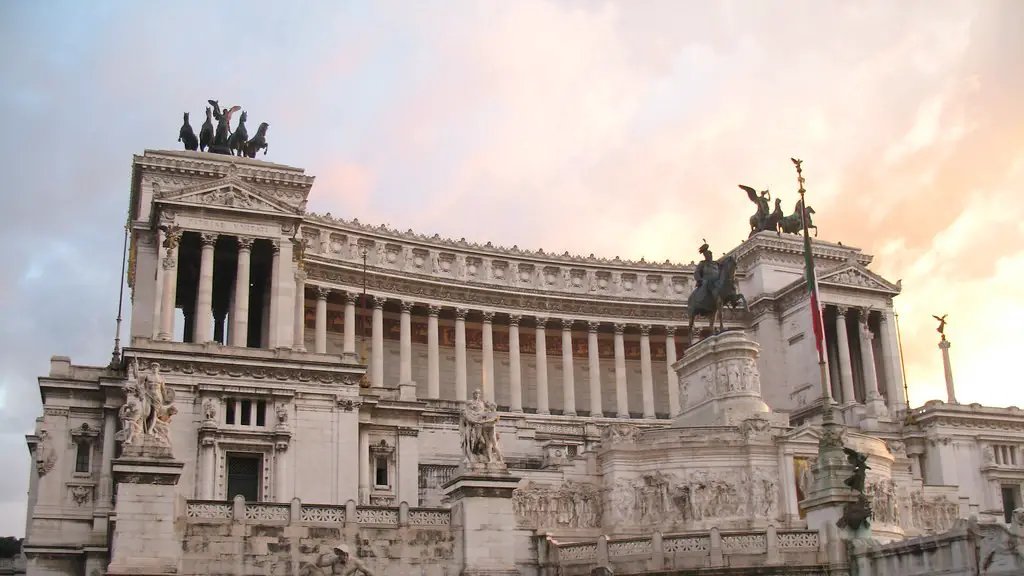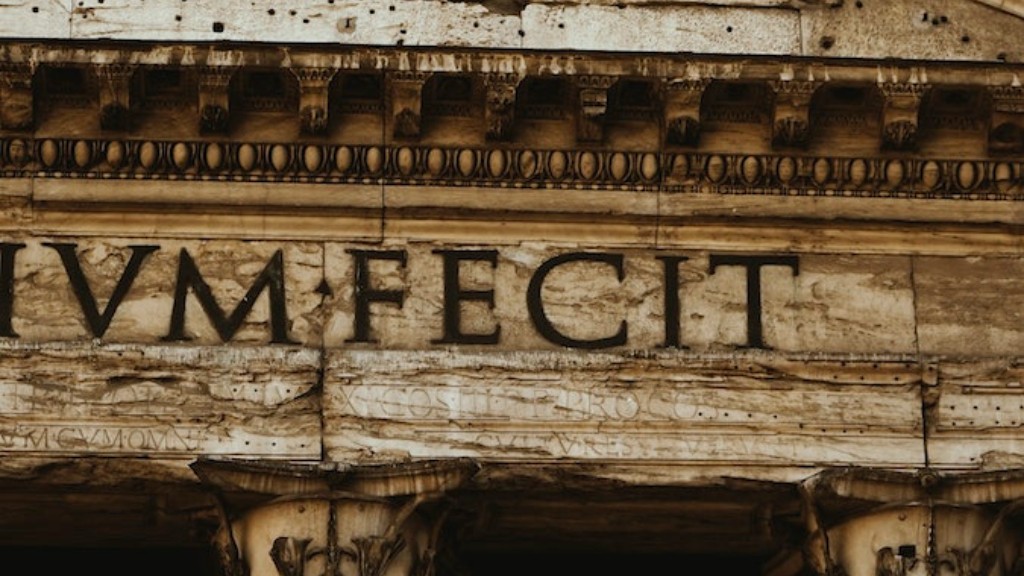Daily life in ancient Rome revolved around the city’s seven hills. Rome was a bustling metropolis filled with activities and surrounded by magnificent monuments from the past. People from all walks of life were constantly on the move, going about their daily business. Life in the city could be both exciting and dangerous.
Most of the people in the Roman Empire lived in the city of Rome. The population was incredibly diverse, with people from all over the world and different socio-economic classes. Rome was an exciting place; it was a thriving center of commerce and politics. It was a place where people could find work, enjoy entertainment, and participate in the political process.
The ancient Romans had an advanced system of government and a highly structured society. The Roman social hierarchy was divided into two classes: the patricians, who were the wealthy upper class, and the plebeians, who comprised the lower class. Social status and wealth were very important to the Roman citizens, and the people strived to maintain their position in society.
Daily life in Rome was dominated by work and commerce. Men were expected to work hard in order to provide for their families. Women were expected to take care of the home and family and manage the finances. Most women in ancient Rome were legally restricted from owning property or engaging in business.
The ancient Romans enjoyed a variety of leisure activities. They enjoyed attending the theater, watching gladiator matches, and visiting the baths. They also enjoyed a variety of outdoor activities such as hunting, fishing, and chariot racing.
Daily life in ancient Rome was a bustling mixture of work and leisure. Despite the challenges faced by the Roman people, they managed to maintain their civilization through warfare, trade, and commerce. Today, we can still see the lasting effects of the ancient Roman Empire in our modern world.
Family Life
The traditional Roman household was composed of a father, mother and children. The father, as head of the family, was the legal authority and provider for his family. He was expected to work hard to ensure his family’s well-being and security. The mother was responsible for raising the children and managing the household. Children were expected to obey their parents and to be loyal to their family.
In ancient Rome, marriage was considered a key element in the social fabric. Marriage was a matter of public record and couples were expected to remain together for life. Divorce was rare and frowned upon. Roman marriages were typically monogamous, with a few exceptions in which wealthy families allowed male family members to take on multiple wives.
Marriage was taken very seriously in the Roman world and was considered an important part of Roman life. Marriages provided a framework for families to secure the future of their children and perpetuate their social status. Despite all the changes and turmoil of ancient Rome, the core values of family and loyalty held true.
Education
In Roman society, education was highly valued. The wealthy Roman citizens placed emphasis on education. Education was viewed as essential to cultivating the individual’s integrity, practical skills, and cultural knowledge. Most Roman citizens had access to some form of education, but the wealthy citizens had the means to access the best education available.
The higher the status of the family, the better the education the children could receive. Wealthy families often sent their children to the local schools for higher education. These schools offered courses in law, literature, and rhetoric. Boys were typically educated in the sciences and philosophy, while girls were taught to read and write.
Education in Rome was one way for individuals to improve their quality of life and secure a better future for themselves and their families. Education was also a way for wealthy citizens to gain more power and influence in society.
Religion
The Roman pantheon was polytheistic and it was believed to be populated by numerous gods and goddesses who presided over many aspects of daily life. It was believed that by pleasing the gods and goddesses, the Romans would be rewarded with success and prosperity.
Most people associated with the Roman religion followed the state religion. This religion was heavily intertwined with Roman politics, and it was believed that by offering sacrifices and prayers to the state gods, the public could receive the protection of the gods.
The Romans believed that the gods and goddesses were both unpredictable and powerful, and it was important to show respect and make offerings to the gods in hopes of gaining their favor. It was believed that by appeasing the gods, they would bring good luck and positive outcomes.
Roman religion was a key part of daily life, but people of the time also believed in a variety of superstitions. People believed in gods, omens, and fate, which bound together their daily lives.
Architecture
The architecture in ancient Rome was an integral part of daily life. The Roman builders were highly skilled, and their work can still be seen in the impressive monuments, temples, and arches that dot the cityscape. Roman architecture used strong columns and domes to create intricate and beautiful structures that still stand the test of time.
The Pantheon, the most iconic building of the Roman Empire, is a testament to the skill of Roman builders. Its huge dome and intricately carved columns are testimony to their skill and craftsmanship. The Colosseum is another iconic monument. Built by the emperor Vespasian, the Colosseum was used to hold gladiator matches and plays.
The architecture of ancient Rome served to both awe and inspire its citizens. The monuments, temples, and arches of the time provided a reminder of their greatness and of their power. The architecture was both a statement of pride and of power.
Food
A variety of foods were available in ancient Rome. The diet consisted of grains, fruits, vegetables, and a variety of meats. Fish was also popular, and oysters from the Mediterranean were widely consumed. The Romans also enjoyed bread and cake, as well as various types of cheese. Olive oil was widely used as a condiment.
The wealthy Roman citizens often had food imported from various parts of the Roman Empire. This included spices, fruits, and wine. These luxury items were expensive and beyond the means of the lower class.
The ancient Romans had a variety of ways to prepare food. Baking was one of the most common methods and they also enjoyed an array of breads and pastries. Frying was also common, and the Romans enjoyed a variety of fried foods such as fish and vegetables.
Eating was an important part of daily life in ancient Rome, and a variety of dishes were enjoyed by the people of the time. The wealthy Roman citizens enjoyed a wide range of luxurious foods, while the lower classes enjoyed a more simple fare.
Clothing
Clothing was not only a necessary part of life in ancient Rome, it was also a form of expression. Clothing was used to signify social class and status. Wealthy Romans wore clothing made from silk and other fine materials, while those in lower economic classes wore rough and plain clothing. Clothing was also used to express the latest fashion trends.
The clothing of Roman citizens was largely functional and practical. The tunic was the most common garment and most Roman citizens wore it. Men wore a knee-length tunic, while women wore a longer version. Shoes consisted of sandals and were made from leather or cloth.
The tunic was often decorated with intricate designs, and it was common for wealthy Roman citizens to have their clothing embellished with embroidery and precious stones. Accessories such as jewelry and headdresses could also be used to add interest to the outfit.
Clothing was an important part of daily life in ancient Rome. While clothing was often functional and practical, it could also be used to express wealth and status. Clothing was also a way to express fashion trends and individual style.
